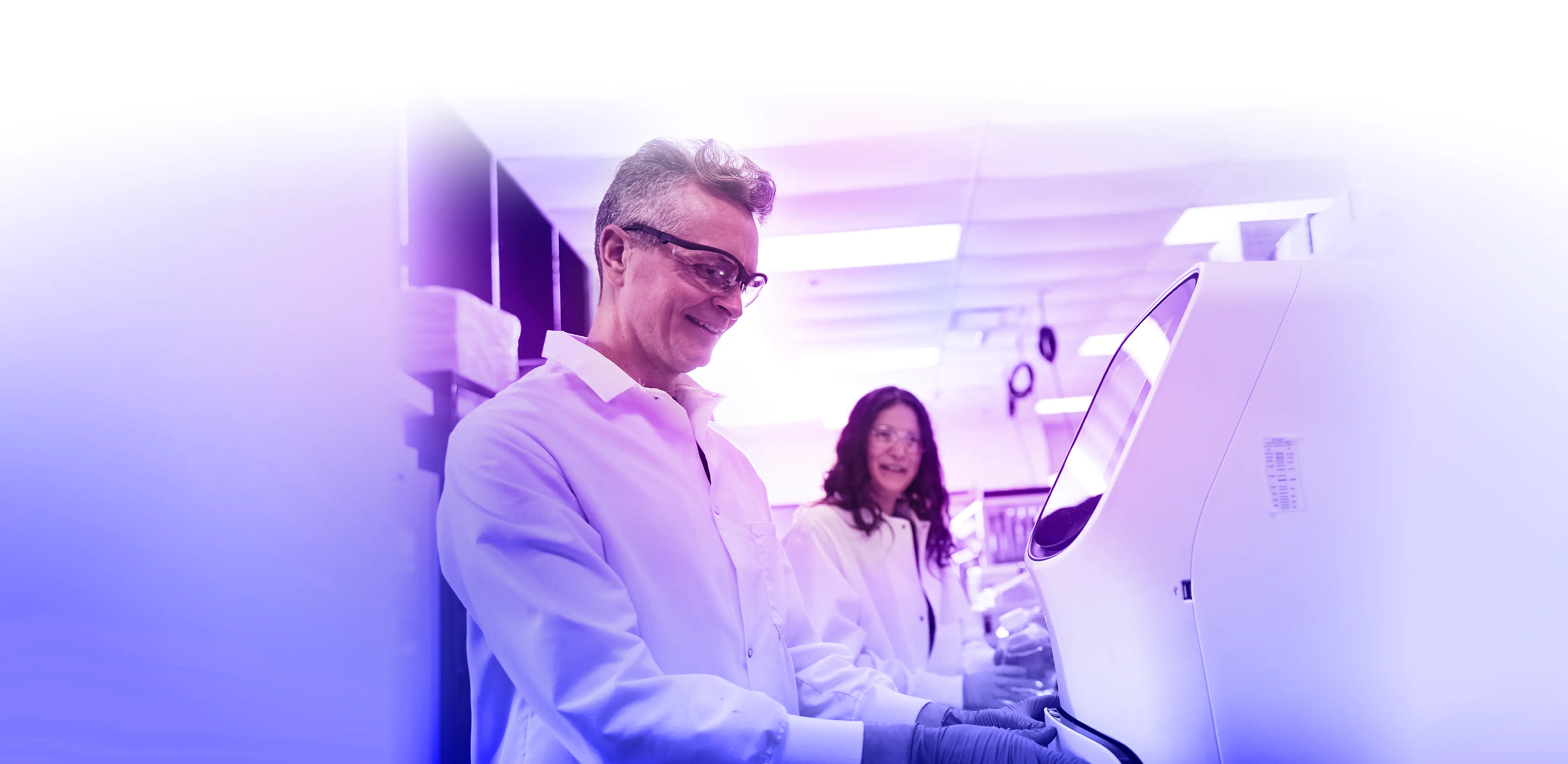

OUR INVYMAB™ PLATFORM
To protect vulnerable people from serious viral threats, we are taking a unique, platform-based approach that is grounded in a commitment to serial innovation and designed to anticipate and quickly respond to viral evolution.
Our INVYMAB platform approach, which combines state-of-the-art viral surveillance and predictive modeling with advanced antibody discovery and engineering, is designed for the rapid, serial generation of new monoclonal antibody (mAb) candidates to address evolving viral threats.
Viral Surveillance & Predictive Modeling

We monitor viral evolution continuously and map common mutational escape routes with the aim to predict potential future variants of concern.
Antibody Discovery

We utilize deep B-cell mining capabilities to isolate broadly neutralizing antibodies that target rare viral epitopes (portions of the virus) that are not under strong immune pressure, thereby increasing the probability of sustained utility.
Antibody Engineering

We leverage industry-leading antibody engineering capabilities to improve the potency, breadth, biophysical properties, and developability of the candidates discovered through B-cell mining. For example, through an iterative process known as affinity maturation, we can engineer candidates to have high activity against specific viral variants that we identify as potential future variants of concern.
STREAM OF mAb CANDIDATES

With our platform approach, we are generating a stream of mAb candidates designed to perpetually protect vulnerable populations from serious viral diseases, starting with COVID-19 and expanding into influenza and other high-need indications. Our robust discovery pipeline reflects our strategy to predict and respond to variants before they become variants of concern.
Latest publications
